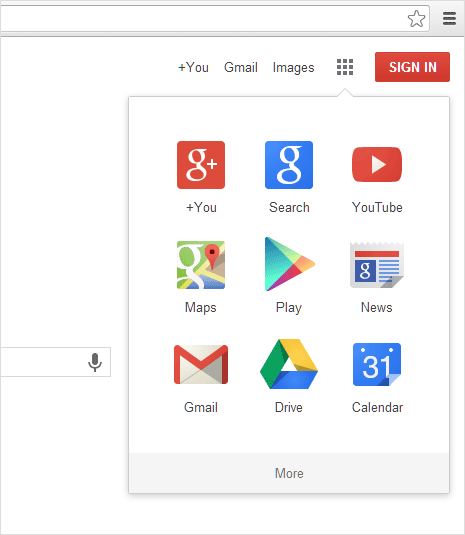
Don’t use breadcrumbs as a replacement for primary navigation.While this element doesn’t require a lot of explanation, a few things are worth mentioning: It’s a secondary navigation scheme that usually shows the user’s location on a website. Breadcrumbsīreadcrumbs are a set of contextual links that function as a navigation aid on websites. Losing their spot forces the user to scroll through content they have already seen, which leads to unnecessary interaction cost. Avoid situations in which clicking “back” brings the user to the top of the initial page, instead of where they left off, especially on long pages. When a user follows a link on a page and then clicks the “back” button, they expect to return to the same spot on the original page. The “back” button is perhaps the most used button in the browser, so make sure it works according to user expectations. Use tools like Dead Link Checker to find any broken links on your website. It’s frustrating to arrive at a 404-error page. When visited links don’t change color, users could unintentionally revisit the same pages multiple times. All internal links should open in the same tab so that visitors can use the “back” button. Users expect different behavior for internal and external links. Recognize the difference between internal and external links.Follow a few rules with these interactive elements: Their visual and functional design has a direct impact on usability. Links are a key element in web navigation. Visual and functional design of web links For large websites, offer location indicators like breadcrumbs. If visitors have to ask, “Where am I?”, that’s a clear indication that your navigation needs some work. Failing to indicate the current visitor’s location is a common problem on many websites. When we hide navigation options we risk that visitors won’t be able to find them. Minimize the user’s cognitive load by making important navigation options permanently visible. A good design team will prioritize navigation options according to common user tasks, considering both priority and frequency of tasks. For example, it’s better to avoid hamburger-menu navigation if the majority of your users aren’t familiar with the meaning of the icon itself. Navigation should accommodate the needs of the majority of your website visitors. Select a navigation pattern based on the user’s needs.The navigation system should be the same for all pages on the website.Ĭonsider a few things when designing navigation: There shouldn’t be any guessing about what each navigation option means.

Google web designer image button how to#
Your navigation should help visitors understand how to get around on your site with the fewest clicks possible. That’s why the navigation on your website should adhere to a few principles: If visitors can’t navigate your website, they will most likely leave.

Navigation is a cornerstone of usability. Tree testing is a reliable method of finding out whether users can work with the proposed menu structure. Often, an information architect will take an active part in user interviews, card sorting, and moderated usability testing where they observe how people interact with the existing design and share their opinions on it.

There are several ways to research user needs. Good IA is a result of solid user research and usability testing. Information architects analyze how users structure information and create a hierarchy that aligns with the user’s expectations. Information architecture (IA) is a discipline that allows you to organize information clearly and logically for your visitors. The following will help you determine your user flows as you design your website.
Google web designer image button series#
This path is a series of steps that the visitor takes from the entry point (the first page where they land) toward the specific action you want them to take (typically a conversion action, such as a sign-up, purchase, etc.). After all, web page design isn’t about creating a collection of individual pages it’s about creating flows. The first thing to consider is your user flow, or the path by which the visitor will navigate through your website. We’ll also cover other essential aspects of design, such as mobile considerations and testing. We’ll start with global things, like user flows (how to define the structure of the website), and then work down to the individual page (what to consider during web page design). In this guide, we’ll focus on the main principles, heuristics, and approaches that will help you create a great user experience for your website. To simplify the task, we’ve prepared this guide for you. With so many things that you need to take into account, the process of design can be tricky. Designers and developers have to consider both visual appearance (how the website looks) and functional design (how the website works).


 0 kommentar(er)
0 kommentar(er)
